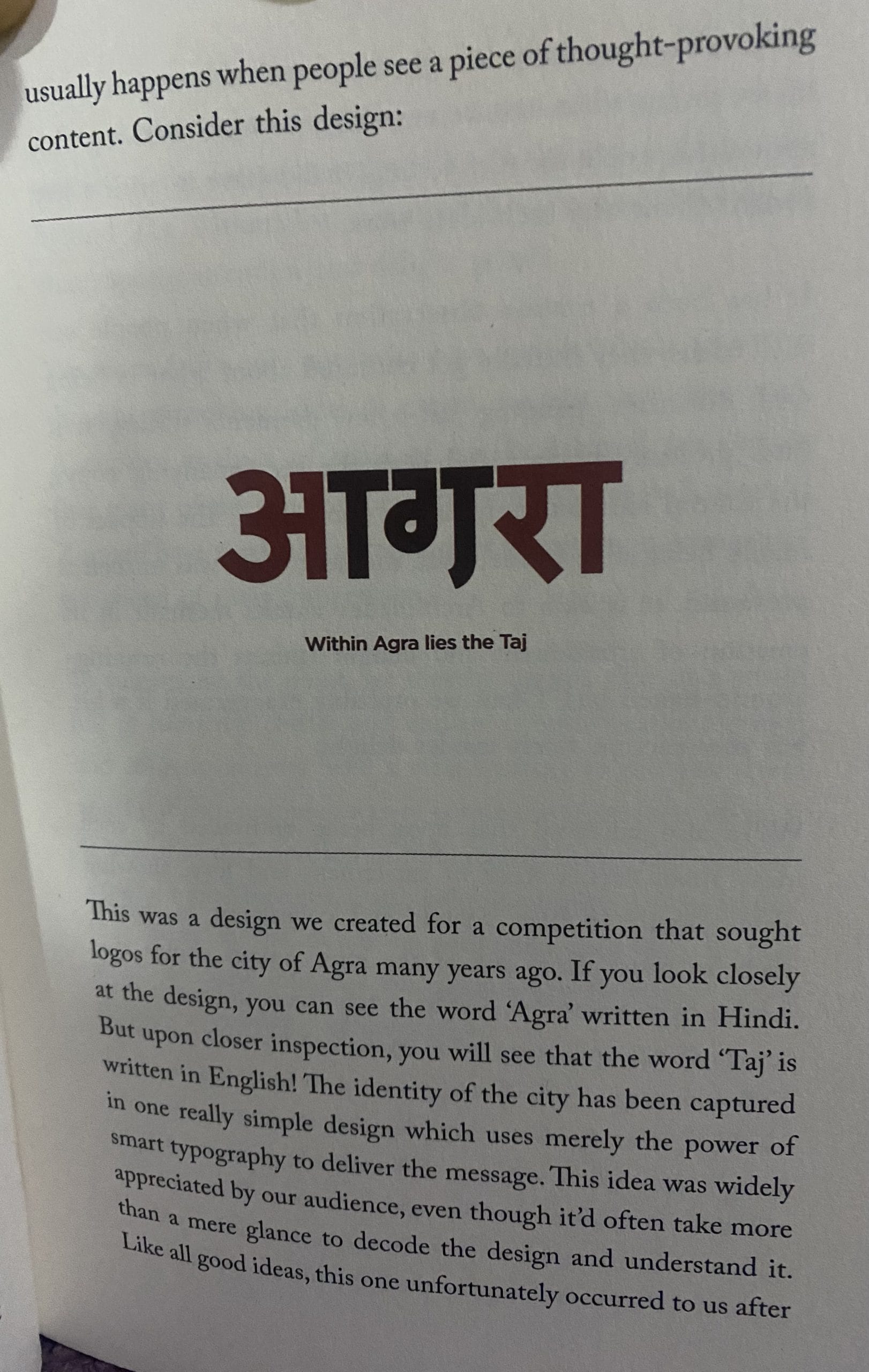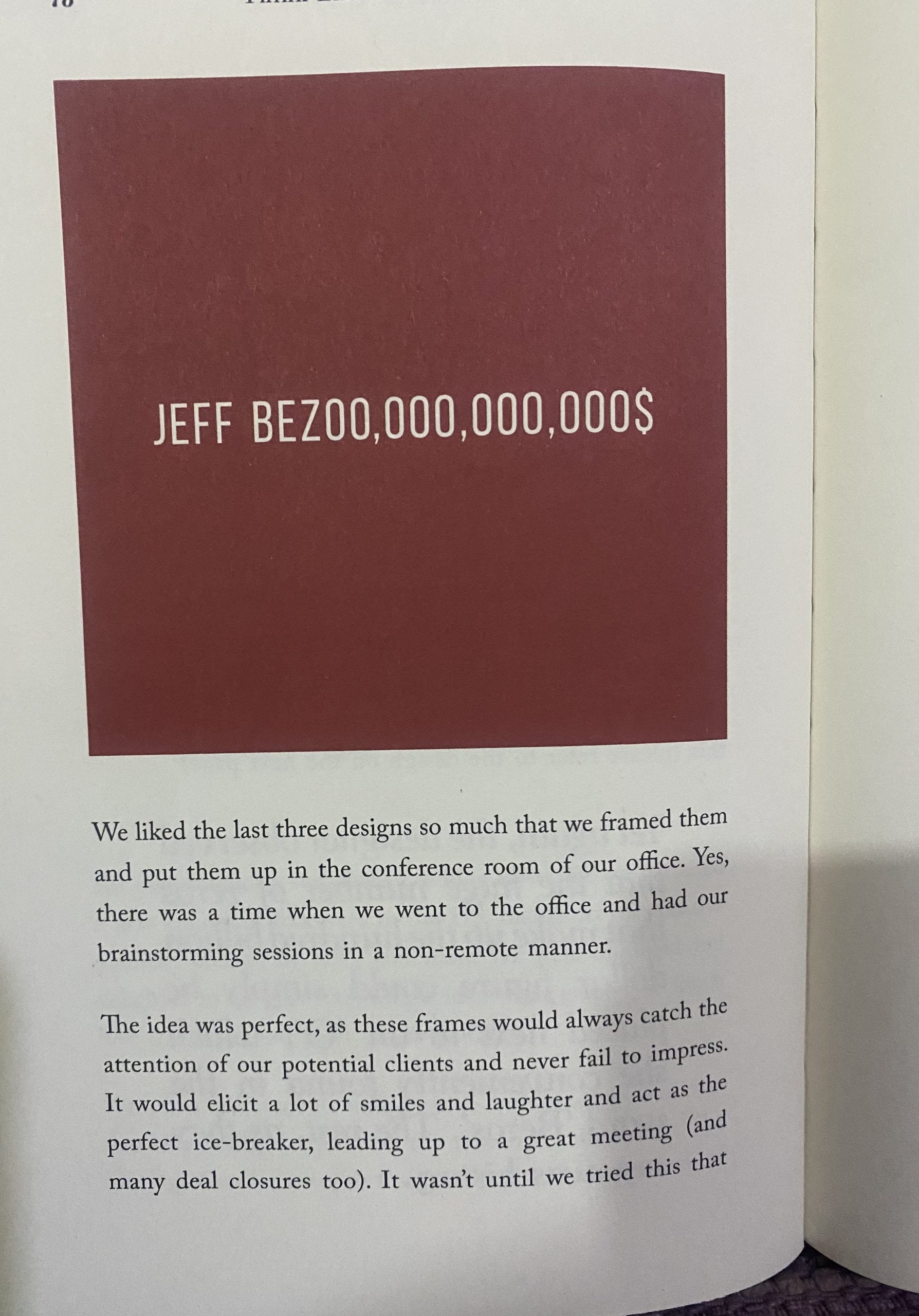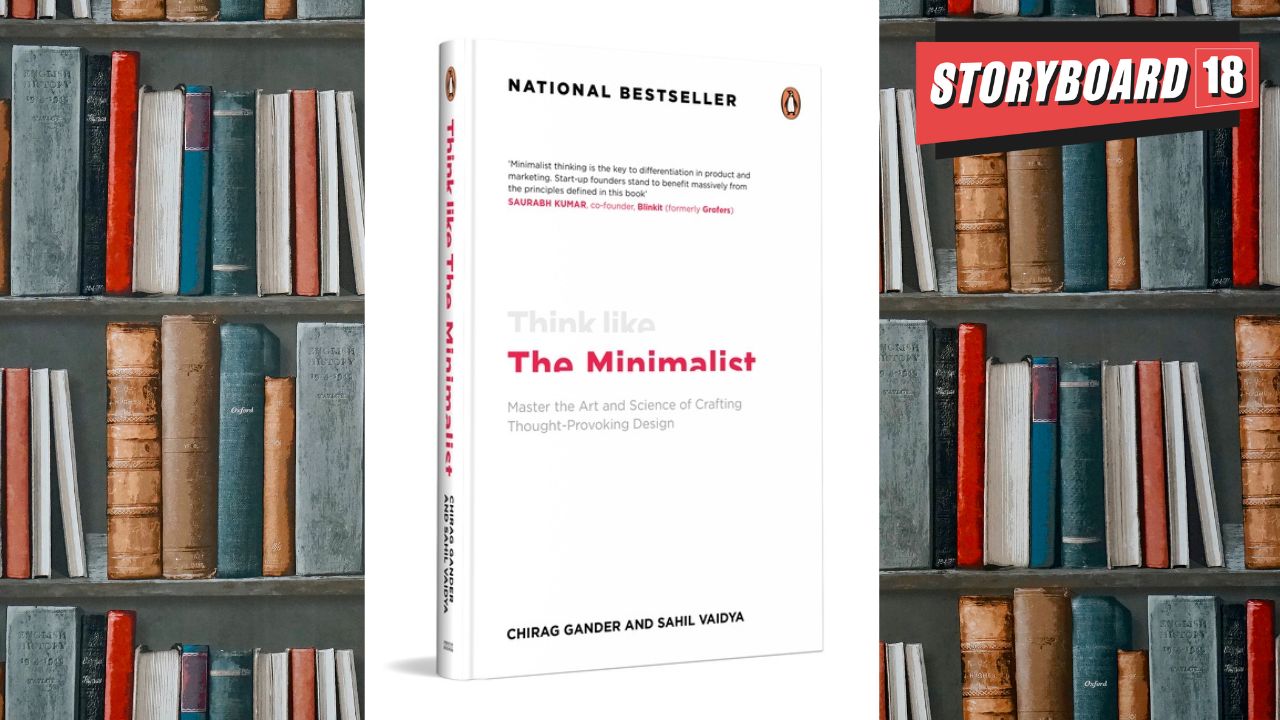Creativity as a social tipping point for taboo topics
Authors of the marketing book ‘Think Like a Minimalist’, Chirag Gander and Sahil Vaidya are your classic Forbes 30 under 30 achievers. On the face of it, they’re too young to do many things including writing a book on design philosophy and brand building. But we live in the age of 17 years olds building unicorns, don’t we? So we can safely marvel at the creative confidence of two young men who are sure that by publishing this book, they’re not giving away any trade secrets this early in their life! They’ve put out their rationale, approach and designs out there for all to see. And this is the book’s biggest selling point. ‘Minimalist’ is the name of their agency.
Their camaraderie emerged from their IIT Bombay days when they shared rickshaws to save money. Sweet! As they were writing the book, Sahil Vaidya says, “We were inspired by ‘Made to Stick’ by Chip and Dan Heath. They have a ‘clinic’ at the end of every chapter where they explain their principles with case studies. We put a ‘problem statement’ at the end of every chapter to encourage interactivity.” What’s not to like about that?
Here are our five bookstrapping insights:-
1. Numerous big brands with large marketing budgets fail to create any meaningful loyalty amongst consumers! (We all have seen top actors being cluelessly handicapped by tacky contrived ad scripts! ) On the other hand, people come on social media to laugh or cry or become educated or seek expert advice. Minimalism helps because it cuts straight to the point and talks directly to the consumer.
2. In a world inundated with content, every new voice on the Internet wishing to be noticed has to bring something special to the table. Minimalism helps because “Simplicity is the ultimate sophistication,” as per the great Da Vinci. Minimalism cuts right to the heart of the message. “When we started, we were impressed with the work of Akshar Pathak who made minimalistic Bollywood posters. There was also ‘Sagmeister and Walsh’ a creative agency that my partner admired a lot,” says Sahil.
3. The duo were understandably curious about how to put their instincts to work. “I used to read Mark Manson’s blog back in the days. Chirag and I also devoured the contents of the website www.adsoftheworld.com for inspiration. We saw every award winning campaign and took inspiration from anything impactful.”

4. The authors outline four steps to achieve minimalism and add that ‘if the designer has to explain his work, probably something is wrong with it!’ If you don’t believe in minimalism, check out the logo for the city of Agra made by these two! Its proof enough.

5. One of the most interesting examples of their work is when Jeff Bezos became the richest man on the planet. Here’s how they depicted it. When asked whether provoking conversation via minimalism is enough- aren’t solutions important too, Sahil answers, “There’s a book titled ‘Invisible Women’ by Caroline Perez. It seems like a book on feminism, but its a book on how design philosophy can offer solutions to the problems of the world! Similarly, we believe that creativity, like humor, offers a social tipping point for problems and raises their awareness to a point where they can be solved.”
The book wants you to get in touch with the Minimalist team – maybe you’re as inspired as they are – by solving the problem statements contained therein and sending them to the QR code which leads to their Instagram account! Nice! If your work is good, it will be posted on their page.
Read More: Bookstrapping: Commercial books – the ‘not so literary’ cousins of highbrow literature
The duo’s insistence on being ‘true to who they are’, reminds us of Brooklyn 99 creators Daniel Goor and Michael Schur. Both pairs of partners seem to know that by uniting forces, they bring something special to the people and use their ‘minimalism’ to spark conversation about important issues. And to think it all began with a Facebook page!
Reeta Ramamurthy Gupta is a columnist and bestselling biographer. She is credited with the internationally acclaimed Red Dot Experiment, a decadal six-nation study on how ‘culture impacts communication.’ Asia’s first reading coach, you can find her on Instagram @OfficialReetaGupta
